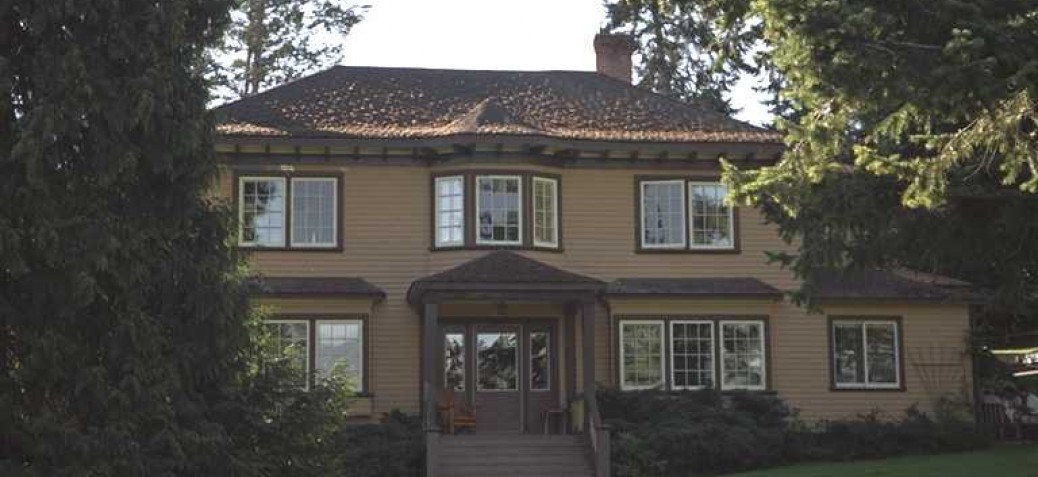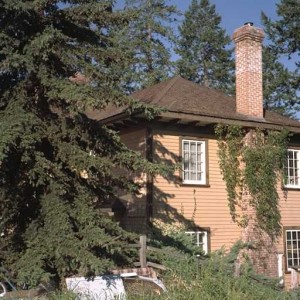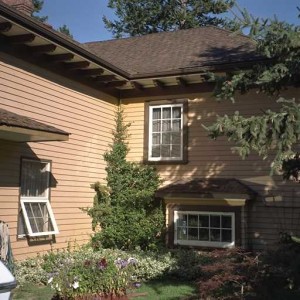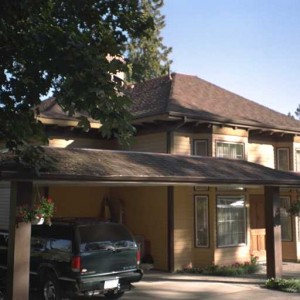Second Mallam House
Place Description
The Second Mallam House is a large, two-storey wood-frame Edwardian era farm house, located in the rural Okanagan Mission area of Kelowna. This house is situated on a large east sloping site, with numerous mature trees and a broad lawn overlooking Lake Okanagan.
Heritage Value
The Second Mallam House is significant as a demonstration of Kelowna's first phase of residential expansion, and reflects local development as the population and economic base increased due to significant growth in the fruit industry. It was built for Henry Cecil Mallam (1885-1967), who had come out from England in 1903 and purchased land in the Okanagan Mission district, and his wife, Giffortina Matilda (nee Thomson) Mallam (1878-1976), whom he married in 1906. They lived nearby until this new house was completed in 1910. The Mallams were fruit and dairy farmers, keen sportspeople and active in community affairs. The house remains a tangible reminder of the importance of Kelowna's prosperous agricultural foundation.
Additionally, this farmhouse is significant as one of the grandest local examples of the architecture of the Edwardian era. The house's generous scale and dignified appearance impart an overall sense of formality. There is an eclectic combination of architectural details, laid over a form reminiscent of Georgian Revival, a style that would have been familiar to the English-born Mallams. Other elements of the house reflect the pervasive influence of the Arts and Crafts movement. The contractor for this house was prominent local builder, Michael J. Curts.
Character Defining Elements
Key elements that define the heritage character of the Second Mallam House include its:
- location on a sloping lake-front lot, with views over Lake Okanagan;
- residential form, scale and massing as expressed by its two-storey plus basement height and 'L' shaped plan;
- bellcast hipped roof, with closed eaves with eave brackets and frieze;
- wood-frame construction including lapped wooden siding and cornerboards;
- exterior elements such as twin projecting double-height bays flanking the front entry, open central porch on lake-front elevation with bay window above, two projecting bays on lake-front elevation at main floor, and two corbelled brick chimneys (one internal and one external);
- regular fenestration with single, double and triple-assembly, 12-pane wooden-sash casement windows; and
- associated landscape features such as old Douglas fir trees, sycamores, orchards, gardens and lawns.







